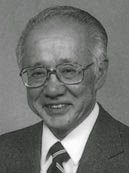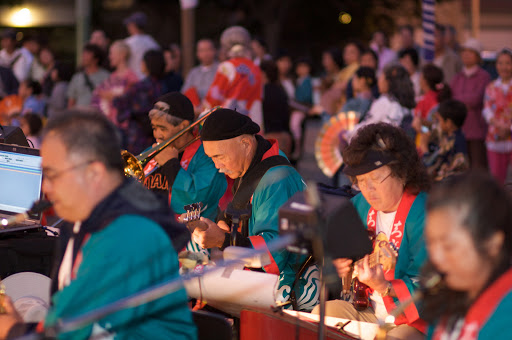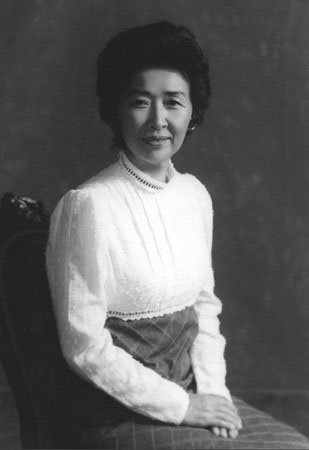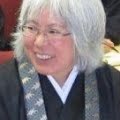Today marks the start of Ohigan (or Higan-e), a Japanese Buddhist holiday. To learn more about this holiday, I had the honor of interviewing Rev. Harry Gyokyo Bridge, resident minister at the Buddhist Church of Oakland. On the blogosphere, you may be more familiar with Rev. Harry’s podcast, the DharmaRealm, a Shin Buddhist podcast, which he produces with Dr. Scott Mitchell. Rev. Harry can also occasionally be found teaching at the Institute for Buddhist Studies.
Who are you?
A half-Asian Jodo Shinshu Buddhist minister. Also a musician and cat lover.
What is the Buddhist significance of this holiday?
I think several explanations are possible. “Higan” means “Other Shore” – in other words, the Other Shore of enlightenment. At the spring and autumn equinoxes, when night and day are the same length, the Japanese considered the Other Shore to be at its closest point, and thus an important time to practice, especially the paramitas. In fact, the term “paramita” can be interpreted as “reaching the Other Shore.”
Having lived in Kyoto, which is bone-chillingly cold in winter and unbearably hot and humid in summer, I wonder if monks found the mild weather of spring and fall to be more conducive to extended practice and lectures?
What does this holiday mean to you?
I usually view Ohigan in terms of balance. With night and day of equal length and mild weather neither too hot nor cold, I see the Middle Way in action.
What do you plan to do on/for Ohigan?
My temple held its Ohigan celebration a week early. Not for any particular reason, things just worked out that way. One interesting result was that our service was on the first day of daylight savings time, so that things were kind of thrown out of balance. This was reflected in the world, since our service was a couple of days after the earthquake and tsunami in northeast Japan. But although part of my Dharma Message was about the sadness we feel for those suffering, I also went ahead with my initial plan for a call-and-response funk version of the Golden Chain, calling on everyone to aspire to be the best Buddhists we can be, to try and be kind and gentle to every living thing, with the wish that all beings attain perfect peace.
You can follow Rev. Harry on his blog, The Nenju, and also on Twitter (@gyokyo). Last year, Rev. Harry participated in an all-Asian American interview about Buddhism in America, which I blogged about. If you can’t tell, I’m a big fan of Rev. Harry and his work in the Buddhist community.
All my best wishes for your practice this Ohigan.




